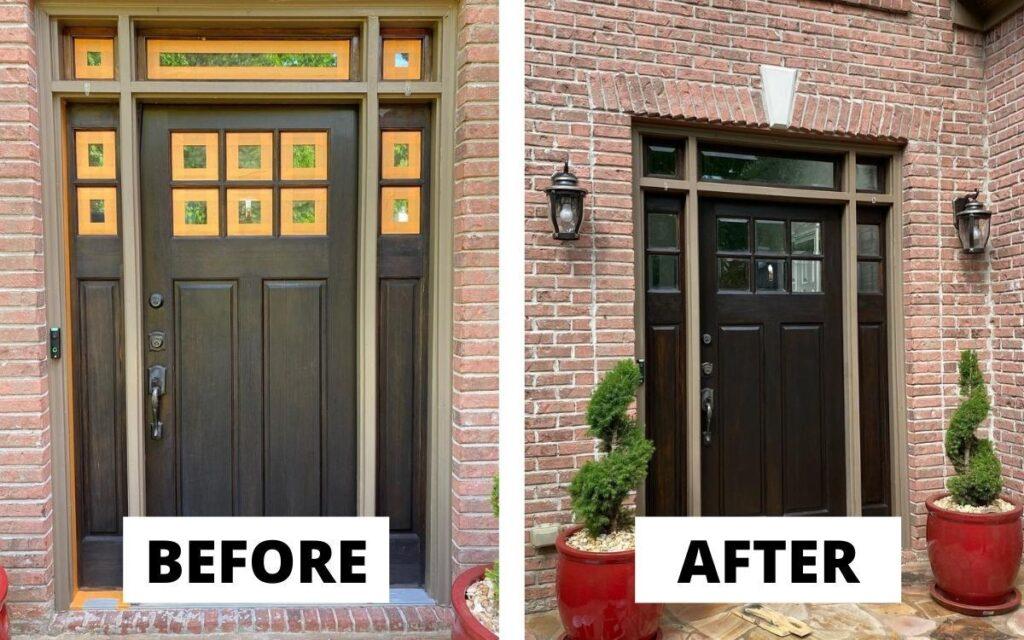Antique doors are more than mere entryways; they are portals to the past, rich with history and craftsmanship. Each antique door carries its own story, etched into the wood and hardware by the hands that built it and the generations that have passed through. However, time is not always kind to these relics of yesteryears. To preserve their charm and functionality, it’s essential to master the art of door restoration. In this comprehensive guide, we will delve into the techniques that will help you breathe new life into antique doors while preserving their unique character.

Understanding Antique Doors
Timeless Elegance: Antique doors, typically over a century old, exude an elegance that modern doors often lack. They carry the marks of age and use, telling a story of their own.
Historical Significance: Beyond their aesthetic appeal, antique doors offer a glimpse into the architectural styles and craftsmanship of their era. Preserving them is an act of preserving history.
Challenges of Antique Door Restoration
Before we embark on the restoration journey, it’s crucial to grasp the challenges posed by antique doors:
Structural Wear: Over time, wood can warp, joints may loosen, and panels can crack. Addressing these structural concerns is paramount.
Original Materials: To maintain historical authenticity, it’s essential to identify and preserve original materials and finishes.
The Restoration Process
Assessment: Commence the restoration process with a meticulous assessment of the antique door. Identify structural damage, missing components, and any past repairs or alterations.
Structural Repairs: Begin by addressing structural issues. Repair loose joints, replace damaged wood, and ensure the door’s stability.
Surface Preparation: Carefully strip away old finishes, paint, or varnish. The method you choose—whether it’s chemical stripping, heat guns, or sanding—depends on the door’s age and condition.
Matching Materials: When replacing any components, prioritize using wood that matches the species and grain patterns of the original door.
Historical Accuracy: Research the historical era of the door to ensure the selected finishes and hardware align with the door’s original style.
Finishing: Apply finishes that are historically accurate, such as shellac or linseed oil, to maintain the door’s authenticity.
Protection: Seal the restored door with a protective clear coat or wax to safeguard it against environmental factors.
Preserving the Historical Value of Antique Doors
The key to preserving antique doors lies in the delicate balance between restoration and preservation:
Document the Process: Keep detailed records of the restoration process, including photographs and notes. This documentation enhances the door’s historical value.
Professional Consultation: Consider seeking advice from experts in historical preservation and restoration to ensure your efforts align with best practices.
Regular Maintenance: Once restored, antique doors demand consistent maintenance to protect them from further deterioration. This includes periodic cleaning, inspection, and refinishing as needed.
Contact Stain Door Company
Antique doors embody an era gone by, offering a tangible connection to history within our homes. Restoring them is not merely a renovation project; it’s a journey of preservation and reverence for the craftsmanship of yesteryears. Done meticulously, antique door restoration can not only enhance your living space’s aesthetics but also contribute to the preservation of architectural heritage. Whether you have a rustic farmhouse entry or an ornate Victorian interior door, remember that antique doors are time capsules waiting to be opened. By restoring them, you’re not just preserving a piece of the past; you’re creating a bridge to history for generations to come.